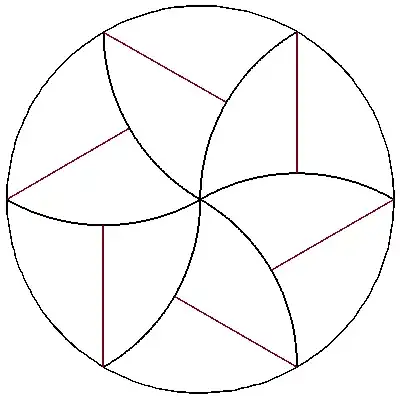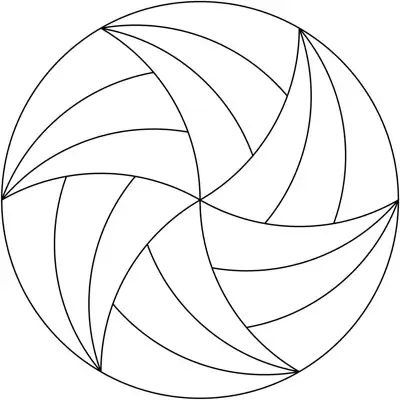Frank Morgan has referred to the least perimeter way to divide the plane into unit areas as the "oldest open problem in mathematics", dating back to the first millenium BC, when a Roman soldier wrote about the bees on his farm having solved the way to "enclose the greatest amount of space".
One might consider the least perimeter way of enclosing a single area (circle) or volume (sphere), which maybe be proven using symmetry. The problem becomes more difficult when enclosing more than one area -- the two dimensional solution (a "double bubble") was proven in 1991 by Joel Foisy (then an undergraduate), and a three dimensional version by Hutchings, Morgan, Ritore, and Ros in 2000.
To even define the problem of dividing the plane into unit areas (since both area and perimeter will be infinite), one takes a limit of the ratio of perimeter to area inside a ball as the radius of the ball increases. Thomas Hales proved that the solution was the hexagonal honeycomb in 1999, meaning it took a bit over 2,000 years to solve.
The three dimensional version of this problem is called the Kelvin Problem, and the current best conjecture was used in the design for the aquatics center at the Beijing Olympics.

 From
From  From
From